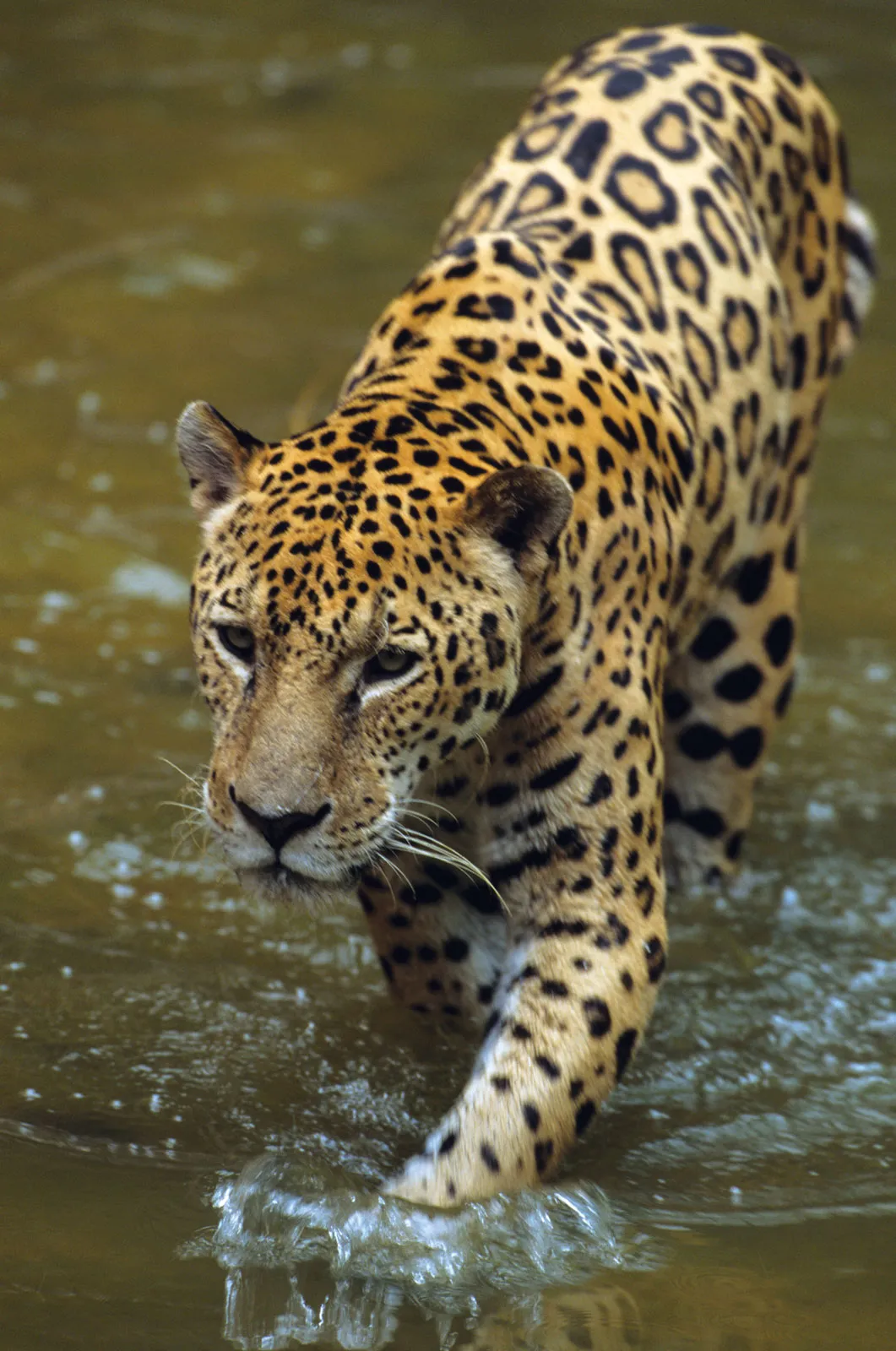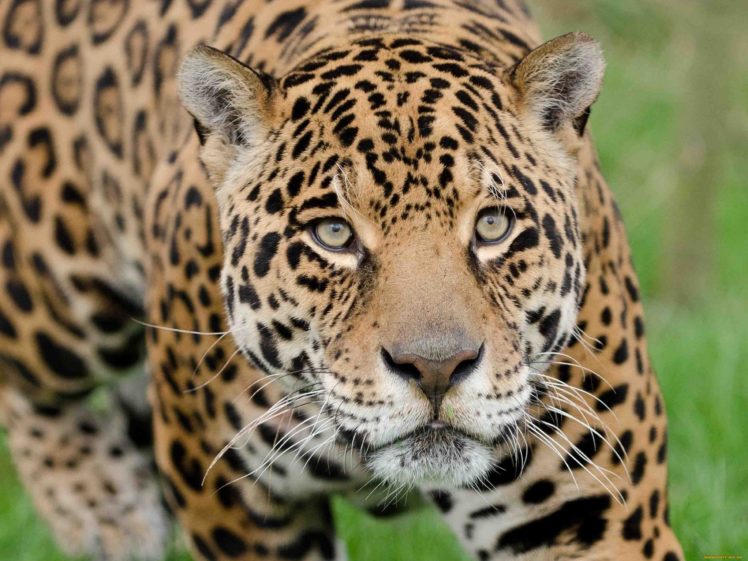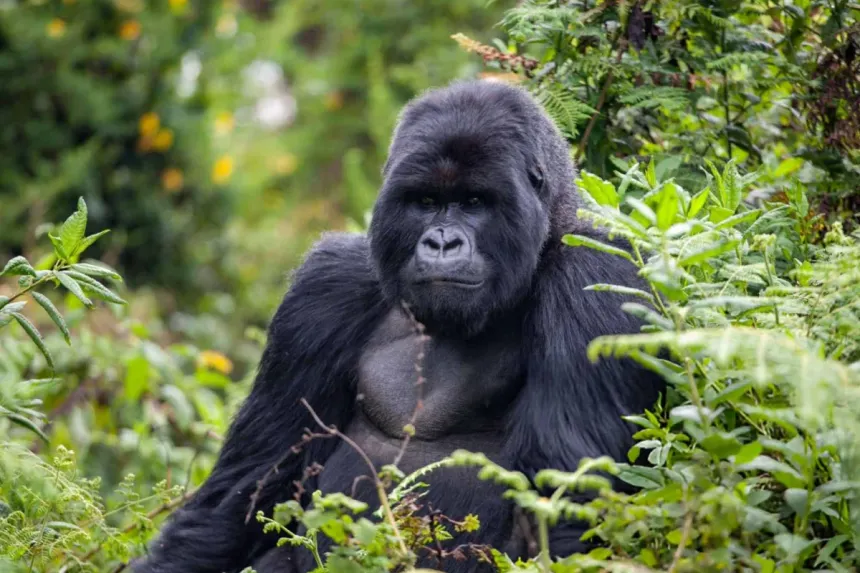Jaguar- The third largest in the world.

The jaguar (Panthera onca) is one of the most powerful and awe-inspiring big cats in the world. Native to the Americas, the jaguar is the largest cat species in the Western Hemisphere and the third largest in the world, after tigers and lions. With its muscular build, strong jaws, and distinctive golden coat marked with black rosettes, the jaguar is both a majestic and formidable predator. It plays a vital role in maintaining the balance of ecosystems in the dense forests, wetlands, and savannas it inhabits.
Jaguars are primarily found in Central and South America, with the Amazon Rainforest being their most significant stronghold. Historically, their range extended as far north as the southwestern United States, but today, they are mostly found in countries like Brazil, Peru, Colombia, and Venezuela. These solitary and elusive animals prefer dense forests and areas near water sources, which are ideal for both hunting and cooling off. Jaguars are excellent swimmers and are often found near rivers and lakes, unlike many other big cats that tend to avoid water.
One of the most fascinating aspects of jaguars is their incredible strength and hunting technique. They are apex predators, feeding on a wide range of prey, including deer, capybaras, tapirs, monkeys, fish, and even caimans. Unlike other big cats that typically go for the neck, jaguars use their incredibly strong jaws to pierce the skull of their prey or deliver a fatal bite to the brain—an efficient and deadly method. Their bite is the strongest of all big cats relative to size, capable of crushing bones and even turtle shells.
Jaguars are mostly nocturnal and extremely territorial. They roam vast areas in search of food and mates, marking their territory with scent markings and vocalizations, such as growls and roars. Males typically have larger territories that may overlap with those of several females. Female jaguars give birth to 1–4 cubs after a gestation period of about 3.5 months, and they raise the cubs alone. The cubs stay with their mother for up to two years, learning vital survival and hunting skills.

Unfortunately, jaguars are currently listed as Near Threatened by the IUCN, with their populations declining due to habitat loss, poaching, and conflicts with humans. Deforestation and agricultural expansion are destroying the dense jungles they depend on, while illegal hunting for their beautiful fur or as retaliation for livestock loss continues to threaten their survival. Conservation efforts are ongoing, with initiatives focused on habitat protection, anti-poaching enforcement, and establishing wildlife corridors to connect fragmented populations.
In mythology and culture, jaguars have long been revered by indigenous peoples throughout the Americas. Ancient civilizations such as the Mayans and Aztecs associated jaguars with strength, power, and the spiritual world, often depicting them in art and lore. Today, the jaguar remains a symbol of the wild and a powerful reminder of nature’s resilience and beauty. Protecting this magnificent species is not only vital for biodiversity but also for preserving the rich cultural heritage connected to it.



